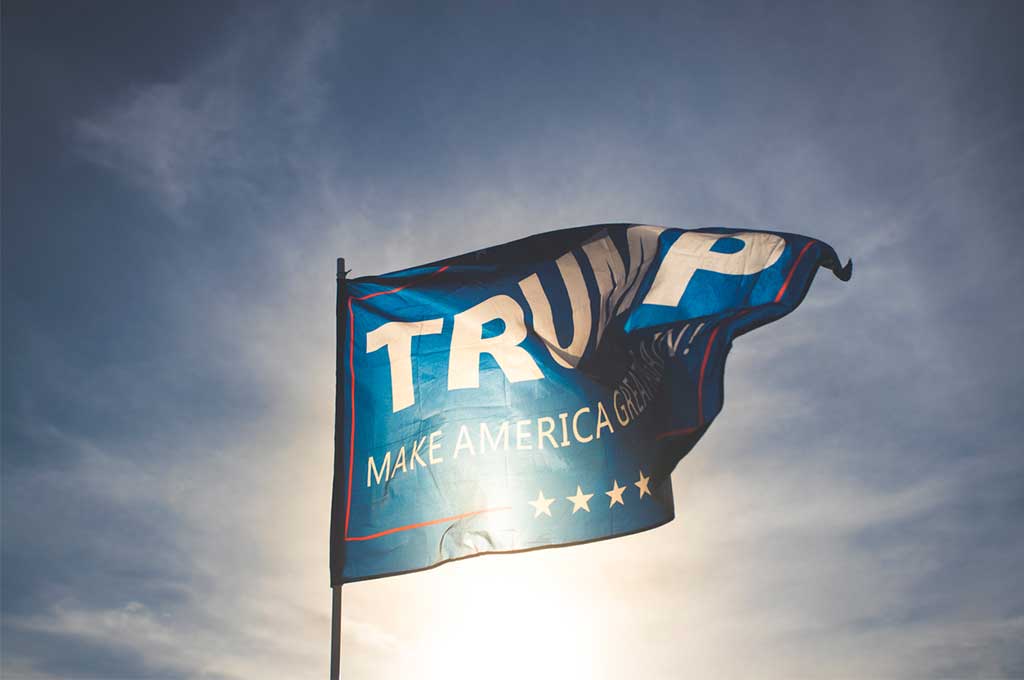
IESE Insight
The “Mar-a-Lago accord”: a renewed era of dollar diplomacy
What might global investors and business leaders expect from President Trump’s second term?
On November 5, 2024, the American people delivered a clear mandate to President Trump and the Republican Party. While mainstream news agencies reported the key issues on voters’ minds, I spoke to senior financial market participants in New York this week. They highlighted potential implications of an aggressive policy of financial realpolitik and dollar diplomacy from Trump in response to changes in the international monetary financial system.
A tiny bit of background: In 2022-23, Zoltan Pozsar captured the attention of global markets with his Bretton Woods III thesis. With BRIC nations’ ascendancy, this was “our commodities, your problem” as the self-imposed supply shock in the West from sanctions on Russia fed through to higher structural inflation. Inflation no longer perceived as transitory led to tighter monetary policy, exacerbating underlying debt dynamics. Years of accumulated imbalances on the U.S. sovereign balance sheet faced refinancing amid challenging market conditions and reduced demand from global investors for U.S. Treasury markets.
The feeling in November 2024 is clearly different. The U.S. is enjoying a unipolar moment of exceptionalism derived from strong economic growth and self-sufficiency as an energy superpower — despite our divided politics. Whereas Trump’s first term was marked by a hastily assembled team of advisers, financial markets expect a more experienced team looking to make a quick impact, since Trump only has one term left and midterm elections loom in 2026.
What might we expect?
The likely candidate for Treasury Secretary is experienced international financier Scott Bessent. Bessent has actively helped define a coherent economic plan for President Trump’s return to the White House. Inspired by the “three arrows” of Abenomics, policy goals would be “3-3-3”:
- 3% real economic growth;
- reduce the deficit to 3% (of U.S. GDP);
- a marginal increase of 3 million barrels of oil per day.
These goals directly address both the economic angst felt by the Americans who voted Trump back into office as well as a historic opportunity for the United States to grow its way out of the otherwise currently unsustainable U.S. Treasury debt trajectory.
We should also expect to see former U.S. Trade Representative Robert E. Lighthizer as a key member of the administration. In his book No Trade Is Free, he takes on the unbalanced nature of global trade, which has been detrimental for the American workers to whom Trump is so loyal. This takes us back to the much-discussed role of tariffs and the original idea of Bretton Woods III as a new international monetary financial order.
So far, the theory that this would be initiated by opponents to America’s hegemony has failed to take off. At the recent summit in Kazan, Brazil’s President Lula didn’t even show up, highlighting the difficulty in creating unified action from such disparate national interests.
What has changed? It is now in the clear and present economic interests of the United States to negotiate with its allies in a U.S. dollar bloc of trading influence, rather than the Wall Street elites who have benefited from the financialization of the economy. This policy aligns with Bessent’s 3-3-3 and the interests of Trump’s voters — to reshore manufacturing and promote the United States’ long-term strategic interests. However, underlying these goals is the need to restore U.S. sovereign funding to a sustainable path, one of the primary responsibilities of the Treasury Secretary.
Talk this week in New York with financial market participants has been about who pays for both the previous accumulated excesses (represented by the debt to GDP ratio, which is high even accounting for the U.S.’s special case of exorbitant privilege as global reserve currency to the world) as well as the anticipated future cost. There is clear path dependency and inherent tension between the three policy levers that Bessent discusses. We can expect some creative solutions as President Trump looks to cement his legacy early in his last term.
The provision to the world of U.S. Treasury bonds as global reserve asset is not enshrined in the Constitution; in fact, there is realization in the Pentagon and elsewhere that it may be against the national interest to continue to provide the global public good of a safe asset. With no other national candidate, gold is expected to increasingly take on the role of a neutral reserve asset.
This could involve some accounting magic: as the U.S. Treasury doesn’t “mark to market” its world-leading gold holdings, simply remarking these to current market value would mechanically deleverage the U.S. balance sheet. Beyond marking to market, we could see a negotiated non-linear revaluation of gold as in the national interest of multiple major stakeholders, an appealing carrot in the “art of the deal.” Luke Gromen estimates that for every $4,000/ounce increase in the gold price, $1 trillion would be injected into the Treasury General Account. The message behind the relentless global central bank purchases over the past 10 years is clear: there is truth in the market adage, “Don’t do as they say, but do as they do.”
All financial crises are resolved by resorting to a larger outside balance sheet. The U.S. Treasury is currently overrelying on short-term bill issuance for financing. If the household, corporate or banking sectors are unwilling or unable to provide balance sheet (despite financial repression) at current market prices, the other remaining possibility is the foreign sector. This is the extreme financial realpolitik and dollar diplomacy mentioned at the beginning. If necessary, President Trump’s economic team could use the threat of tariffs to make a deal that America’s allies could not refuse: provide term funding for the U.S. Treasury (for example, with an off-market asset swap into a non-marketable century bond), locking in a new era of dollar dominance and explicitly allocating the costs of Pax Americana.
Like central banking, balance sheets are best when boring. The extreme dislocations in global balance sheets need to be addressed. Accumulated losses do not simply disappear, they are allocated in inherently political decisions. And this week the American voter has spoken.

